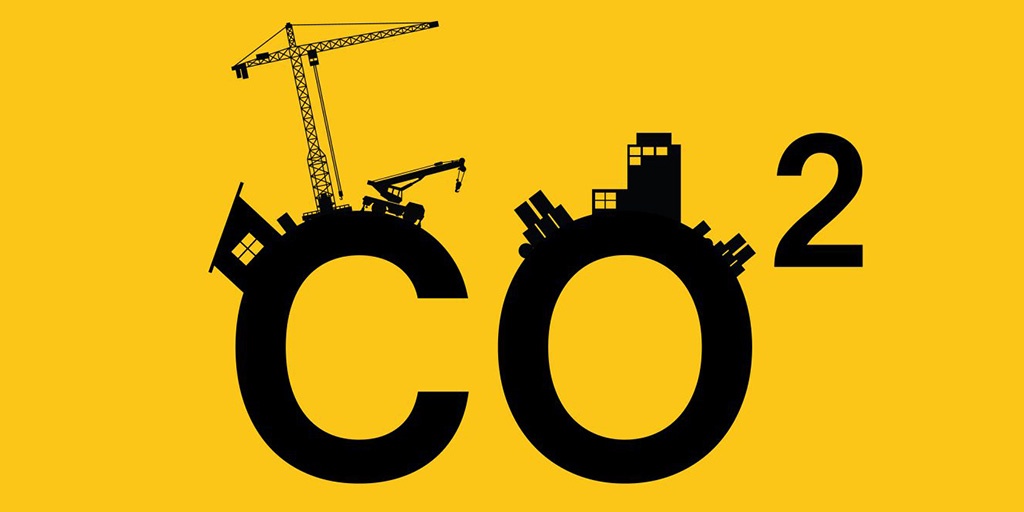New York City and New York State will adopt a new version of the energy code that will bring major changes to New York and the construction industry. On July 14, 2016, the City Council voted to adopt a code update to the New York City Energy Conservation Code (NYCECC) that went into effect on October 3, 2016.
The updated 2016 NYCECC code is based on New York State's new energy code with added NYC-specific provisions. Below we outline the major changes to the NYCECC that you should be aware of:
Key changes in the NYCECC include:
- Improvements in building envelope (the barrier between indoor space and outdoor space—walls, roofs, windows, and doors) design in the low-rise residential sector. This means a new generation of well-designed and built low-rise residential buildings in the City.
The following are National and New York State code provisions, which include NYC:
Code highlights for commercial sites include:
- Envelope improvements – below-grade walls and slabs must be insulated.
- Open combustion fuel-burning appliances must be isolated from or outside of the building's thermal envelope.
- Enhanced commissioning requirements (e.g. lighting controls, service waterheating systems, mechanical systems, etc.).
- In total, this means that new commercial buildings will be almost 9 percent more energy efficient.·
NYC-specific provisions (commercial):
- New requirement for air tightness testing that says:
- New buildings (as defined by NYC Admin Code §28-101.4.5) between 25,000 and 50,000 square feet must conduct a blower door test and new buildings over 50,000 square feet must test or inspect each type of air barrier joint or seam.
- Architects and builders must account for air conditioning and heating units that go through building walls during required energy modeling.
- A 10% decrease in lighting power density for retail and office spaces.
- Heat transfer of through-wall PTAC units and air conditioners must now be accounted for in energy calculations.
- New buildings (as defined by NYC Admin Code §28-101.4.5) between 25,000 and 50,000 square feet must conduct a blower door test and new buildings over 50,000 square feet must test or inspect each type of air barrier joint or seam.
Code highlights for residential sites include:
- Builders must run a blower door test on new residential buildings in order to ensure a maximum air leakage of three air changes per hour.
- Envelope improvements e.g. increased wall insulation from R13 to R20 in NYC’s climate zone (Zone 4).
- An increase in high-efficiency lighting requirements (from 50% to 75%).
- A new compliance path based on the Energy Rating Index, which scores buildings from 0 to 100 relative to the 2006 code.
- New one- and two-family homes will be as much as 32 percent more efficient.
NYC-specific provisions (residential):
- Insulation requirements from a more-stringent climate zone (Zone 6).
- New residential buildings must be solar power capable (this means they are built with easy accommodation for solar panels to be installed on roofs).
New NYCECC, New Impact
While maintaining both an affordable and achievable reality, over the next three-year code cycle, the new energy code will boast an impressive estimated carbon savings of 70,000 metric tons of carbon. That’s roughly equal to the removal of 15,000 vehicles off of NYC roads.
Almost three-quarters of New York City’s carbon pollution comes from its buildings. Changes like these will encourage the ideal of New York as an energy-savings pioneer, and assist the City in reaching its bold carbon reduction goals – which aim for an 80% reduction in emissions by 2050.
Milrose Consultants is knowledgeable and experienced in helping clients reach full compliance with NYC's extensive new energy code. If you have any questions or would like assistance bringing your project up to code, please contact our Code Department and we'll be happy to assist you.








